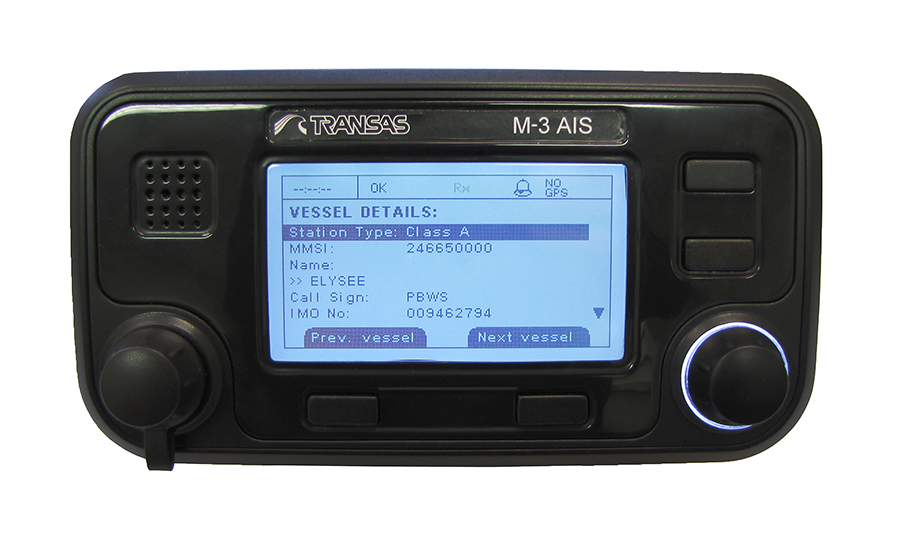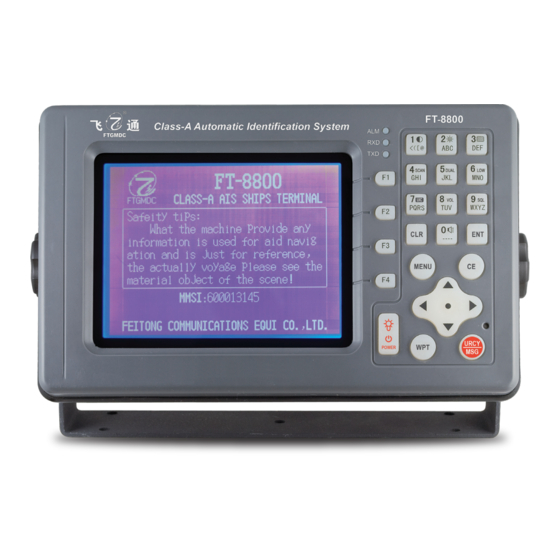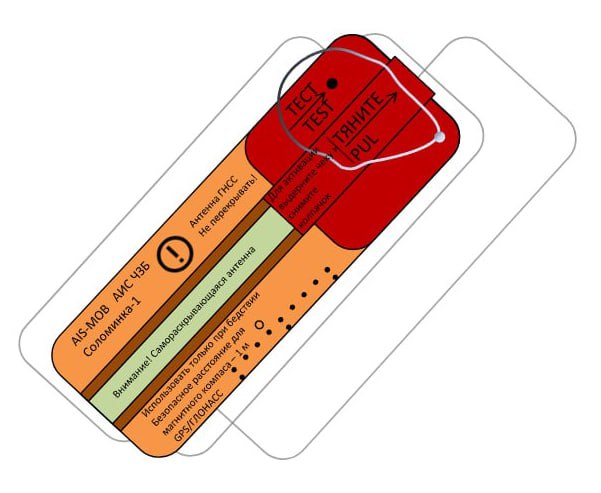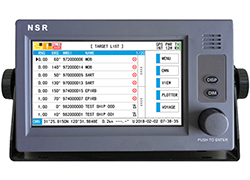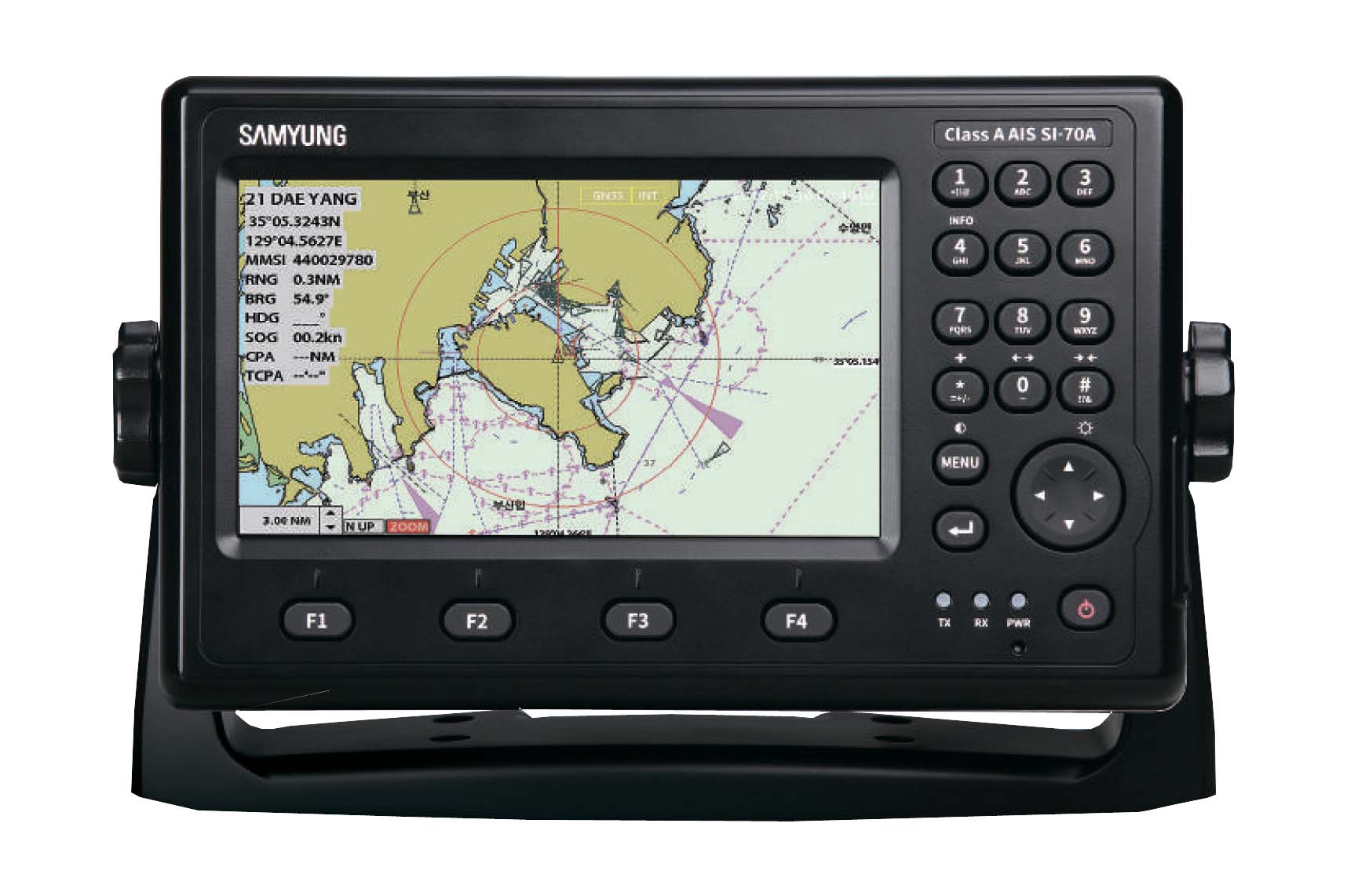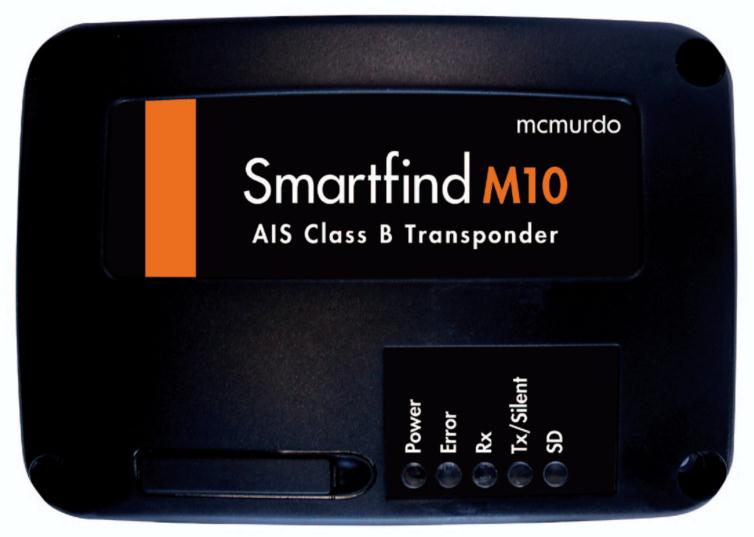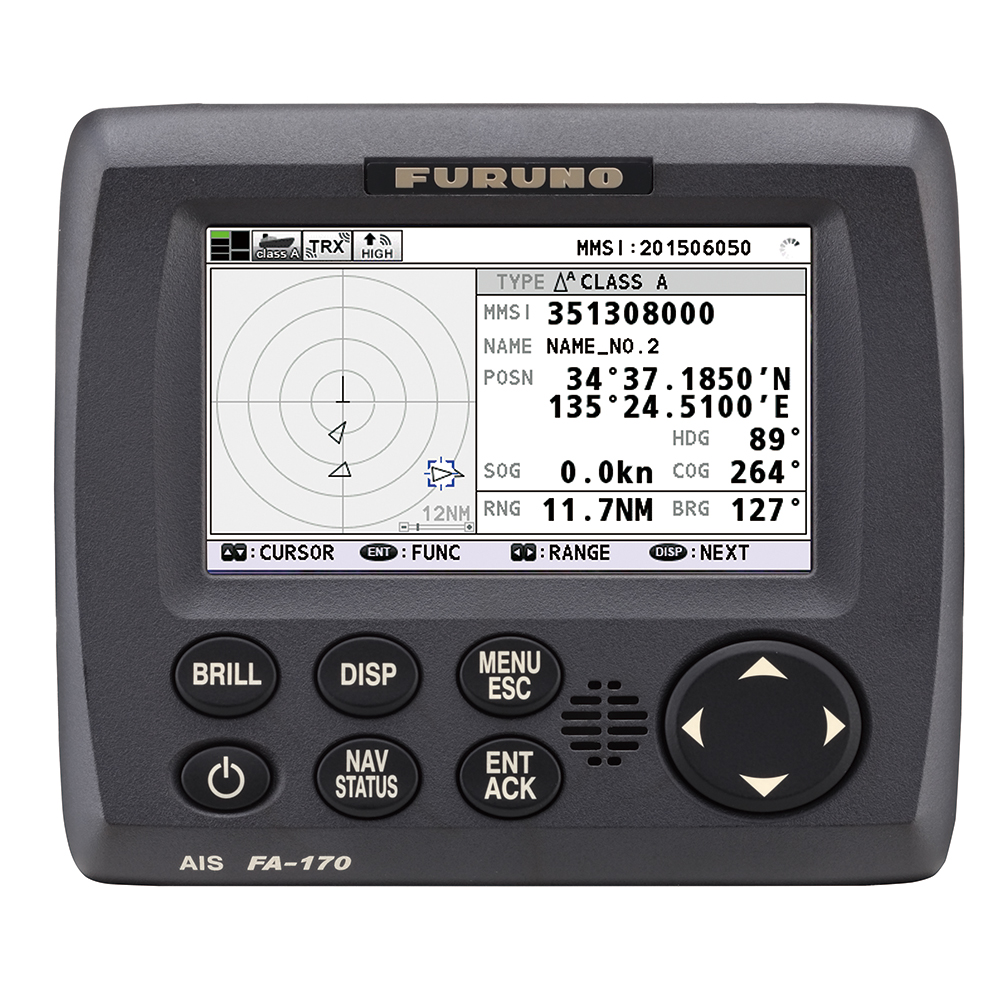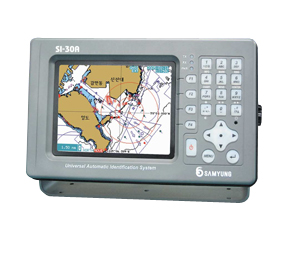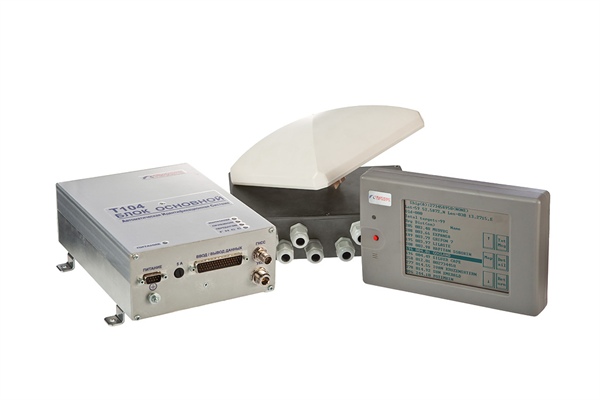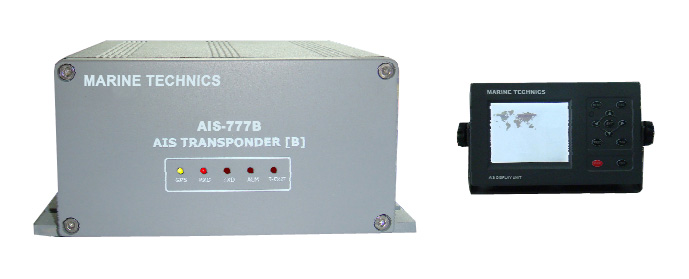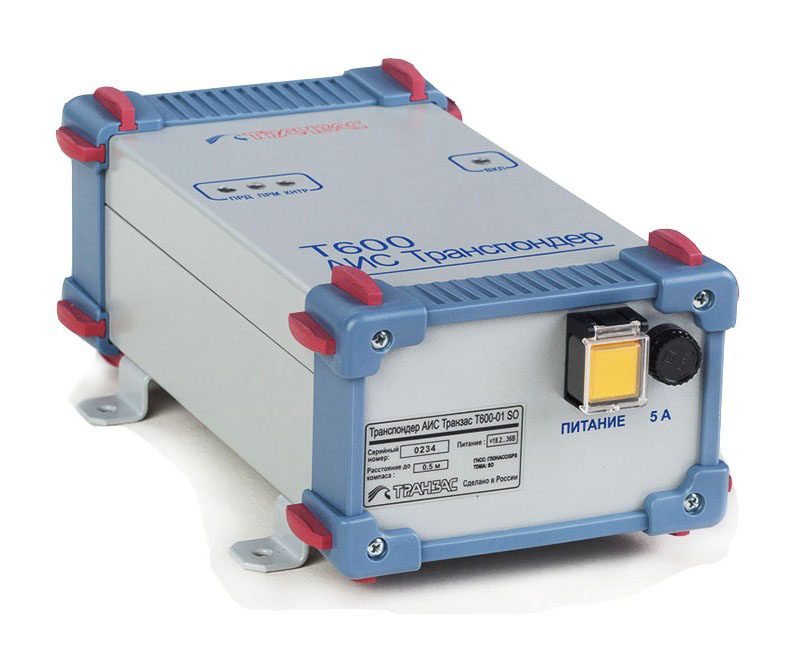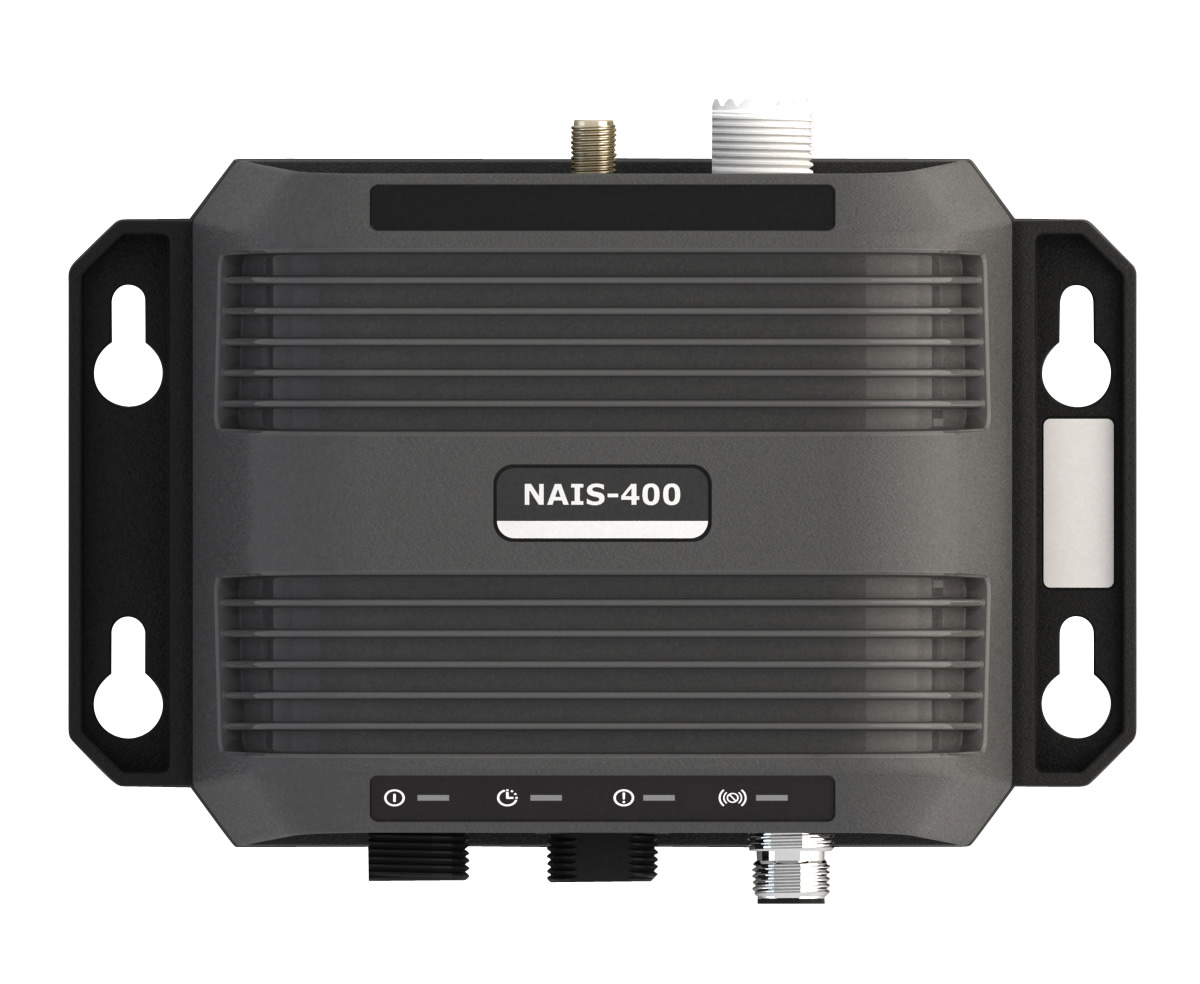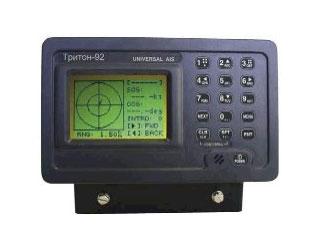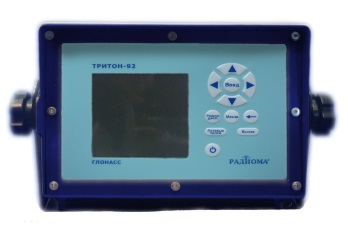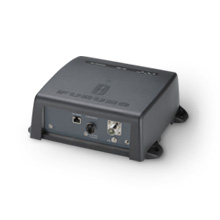Transas T-105
-
Available for order
-
Certificate:РМРС
Transas T-105
To order
Call our sales manager
Documentation
Brochure 'AIS T105'
The ship's equipment of the universal automatic identification system (UAIS) is designed to notify about the location and provide information about the ship.
UAIS Transas T-105 class A allows vessels to automatically exchange real-time information and regularly update data on their location, speed, course and other parameters (for example, data on the ownership of the vessel) with other vessels equipped with a similar system. The location is determined using GLONASS/GPS systems, and communication between ships is carried out in the VHF band.
The UAIS Transas T-105 marine equipment has been developed taking into account the requirements of international and national standards:
Technical specifications:
UAIS Transas T-105 class A allows vessels to automatically exchange real-time information and regularly update data on their location, speed, course and other parameters (for example, data on the ownership of the vessel) with other vessels equipped with a similar system. The location is determined using GLONASS/GPS systems, and communication between ships is carried out in the VHF band.
The UAIS Transas T-105 marine equipment has been developed taking into account the requirements of international and national standards:
- IMO resolution A.694 (17);
- IEC 61993 "Marine navigation and radio communication equipment and systems";
- Rules of the Russian Classification Society (RKO);
- Technical Regulations "On the safety of inland Waterway transport facilities" (approved By Decree of the Government of the Russian Federation dated August 12, 2010 No. 623);
- Rules of the Russian Maritime Register of Shipping (RMRS);
- Technical Regulations on the safety of maritime transport facilities (approved By Decree of the Government of the Russian Federation No. 620 dated August 12, 2010).
- The T-105 transceiver is a combined Class A/AIS transceiver for inland navigation (for ships subject to CEVNI). A VHF antenna is required to complete the installation. The operation of the AIS transceiver requires the connection of an appropriate VHF antenna. A standard marine VHF antenna, similar to that used in VHF radiotelephones, will do. The PL-259 (or VHF) connector must be installed on the antenna cable.
Technical specifications:
- Frequency range (MHz): 156.025 – 162.025
- Radiation power: 1 or 12.5 W
- Supply voltage:
- Direct current: 12V (-10% +30%), 24V (-10% +30%)
- Alternating current: 110 or 220V ± 10%, 50/60 Hz ±5%
- Current consumption: 0.5 - 4 A
- Power consumption:< 12W
- Display: monochrome liquid crystal display with a resolution of 248 x 128 pixels with adjustable backlight
- Operating temperature range: -15C - +55C
- The degree of protection of the transceiver: IP44
- Degree of protection of the GNSS antenna: IP56
- Coordinate determination error, m: GNSS 5-7; in DGNSS - 1...3
- The mass of the transceiver: 1.5 kg
- Transceiver dimensions: 195mm x 105mm x 157mm
- Permissible vibrations: complies with IEC 60945
Analogues
 +7 (812) 4-673-673
+7 (812) 4-673-673
